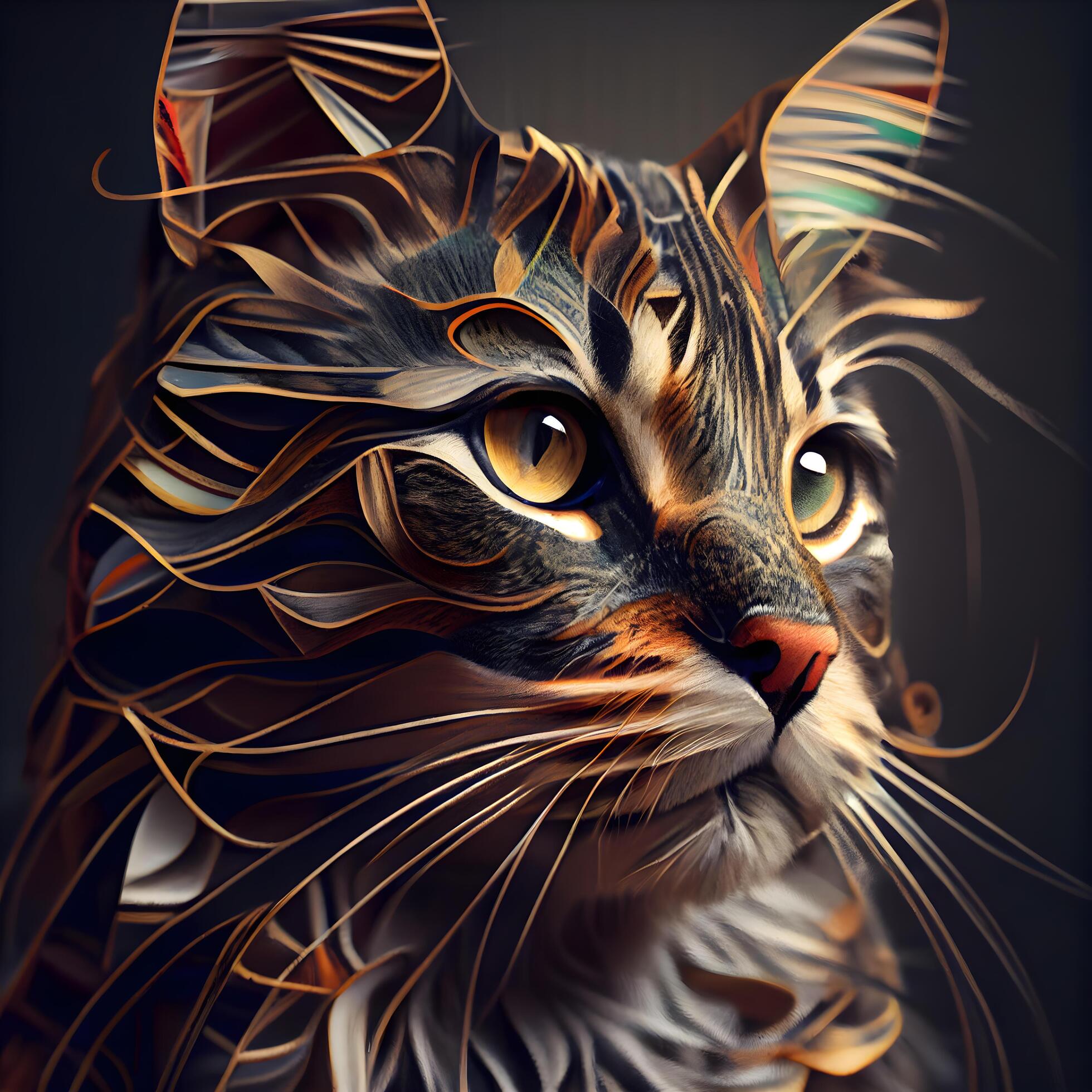
Cat have long been one of the most beloved animals, captivating humans with their grace, independence, and intriguing personalities. This article will explore various aspects of cats, ranging from their history to the diverse breeds and the best practices for caring for them. We’ll also delve into the psychological and cultural impact of cats throughout history.
Table of Contents
- History of Cats
- Popular Cat Breeds
- Cat Care Essentials
- Understanding Cat Behavior
- Cats and Their Role in Human Culture
- Why Cats Make Great Pets
- Fun Facts About Cats
1. History of Cats
The domestication of cats dates back to around 9,500 years ago, with evidence suggesting that they were first domesticated in the Near East. Ancient Egyptians are often credited with the adoration of cats. In Egyptian culture, cats were worshipped and associated with the goddess Bastet, who represented home, fertility, and protection. Cats were revered for their ability to hunt and control pests like rats and snakes, which contributed to food safety and hygiene.
By 4,000 BC, cats had become an integral part of human life, guarding grain stores from rodents and gradually becoming household companions. This association with humans helped cats spread across the world, where they were both loved and, at times, feared.
2. Popular Cat Breeds
There are over 70 recognized cat breeds, each with unique characteristics, personalities, and care requirements. Below are some of the most popular and beloved breeds:
a. Persian Cats
Persians are one of the most recognizable breeds due to their long, luxurious coats and flat faces. Known for their calm and gentle nature, they make excellent indoor companions.
b. Siamese Cats
Siamese cats are famous for their slender bodies, striking blue eyes, and vocal personalities. They are one of the oldest Asian cat breeds and are known for being very social and affectionate.
c. Maine Coon
As one of the largest domesticated breeds, Maine Coons are adored for their size, intelligence, and playful yet gentle nature. Their thick, water-repellent fur makes them suitable for colder climates.
d. Sphynx Cats
The Sphynx is a breed known for being hairless, making it a distinctive and sought-after cat. Despite their lack of fur, they are warm to the touch and have an affectionate and energetic personality.
e. Bengal Cats
Bengals are known for their wild appearance, which resembles that of a leopard. They are athletic, highly intelligent, and active cats that enjoy playing and climbing.
3. Cat Care Essentials
Proper care is crucial for the health and happiness of your cat. Whether you’re a first-time cat owner or experienced, understanding their basic needs is key to ensuring they thrive.
a. Nutrition
Cats are obligate carnivores, which means they need a diet primarily composed of meat. It’s essential to provide high-quality cat food that meets their nutritional needs. Ensure that they have access to fresh water at all times.
b. Grooming
While some breeds, like the Sphynx, require minimal grooming, long-haired breeds like Persians need regular brushing to prevent matting and hairballs. Regular grooming also helps in maintaining their coat’s health and reducing shedding.
c. Litter Box Maintenance
Cats are naturally clean animals, and providing them with a well-maintained litter box is important. The box should be cleaned daily, and the litter changed regularly to avoid unpleasant odors.
d. Regular Veterinary Care
Routine check-ups are vital to monitor your cat’s health. Vaccinations, flea control, and dental care are essential components of their healthcare. Spaying or neutering is also recommended to control the pet population and reduce certain health risks.
e. Exercise and Mental Stimulation
Cats may be independent, but they need regular physical activity and mental stimulation. Interactive toys, scratching posts, and engaging in playtime can help satisfy their predatory instincts and keep them entertained.
4. Understanding Cat Behavior
Cat behavior can often seem mysterious to humans, but once you learn to decode it, you can better understand your feline companion.
a. Purring
Purring is one of the most recognizable sounds cats make. While often associated with contentment, cats may also purr when they are nervous or in pain as a form of self-soothing.
b. Kneading
Many cats knead with their paws, pressing them against soft surfaces like blankets or even their owners. This behavior is thought to be a comforting action that dates back to kittenhood when they kneaded their mother’s belly for milk.
c. Tail Language
A cat’s tail can tell you a lot about its mood. A high, straight tail often signals confidence or happiness, while a puffed-up tail can indicate fear or aggression.
d. Scratching
Cats scratch to mark their territory, sharpen their claws, and stretch their muscles. Providing appropriate scratching posts can help prevent them from damaging furniture.
5. Cats and Their Role in Human Culture
Cats have left an indelible mark on human culture, from ancient times to the present. Their unique qualities have been revered, feared, and celebrated in various ways.
a. Cats in Ancient Cultures
In ancient Egypt, cats were considered sacred, and harming a cat, even accidentally, could result in severe punishment. They were mummified alongside their owners, and there were even temples built in their honor.
b. Folklore and Superstition
Cats have also been the subject of numerous superstitions. In many cultures, black cats are considered to bring bad luck, while in others, they are seen as good omens. Sailors believed that having a cat on board could protect them from storms.
c. Modern Pop Culture
In recent years, cats have become internet celebrities, with popular figures like Grumpy Cat and Lil Bub gaining millions of followers. They are also frequently featured in films, TV shows, and books, reinforcing their status as beloved companions.
6. Why Cats Make Great Pets
Cats are ideal pets for a variety of reasons. Their independence makes them low-maintenance compared to dogs, yet they are still affectionate and loyal companions. Here are some reasons why cats are such great pets:
- Cleanliness: Cats groom themselves meticulously, and they are easy to house-train with a litter box.
- Quiet: Cats are relatively quiet pets, making them suitable for apartment living or areas where noise could be an issue.
- Affectionate: Though independent, cats can form deep bonds with their owners and enjoy affection on their terms.
7. Fun Facts About Cats
Cats are fascinating creatures with many interesting traits. Here are a few fun facts that may surprise you:
- Whisker Width: A cat’s whiskers are roughly as wide as its body, helping them judge if they can fit through small spaces.
- Night Vision: Cats can see in near-darkness thanks to a special layer of cells behind their retinas that reflect light.
- Sleeping Habits: Cats spend about 70% of their lives sleeping. This allows them to conserve energy for hunting and play.
Conclusion
Cats have been companions to humans for thousands of years, earning their place as beloved members of our households. From their fascinating history and diverse breeds to their curious behaviors and role in modern culture, cats continue to captivate us. Whether you’re a seasoned cat owner or considering adopting your first feline friend, understanding their unique needs and behaviors is key to a happy and healthy relationship with your cat.







